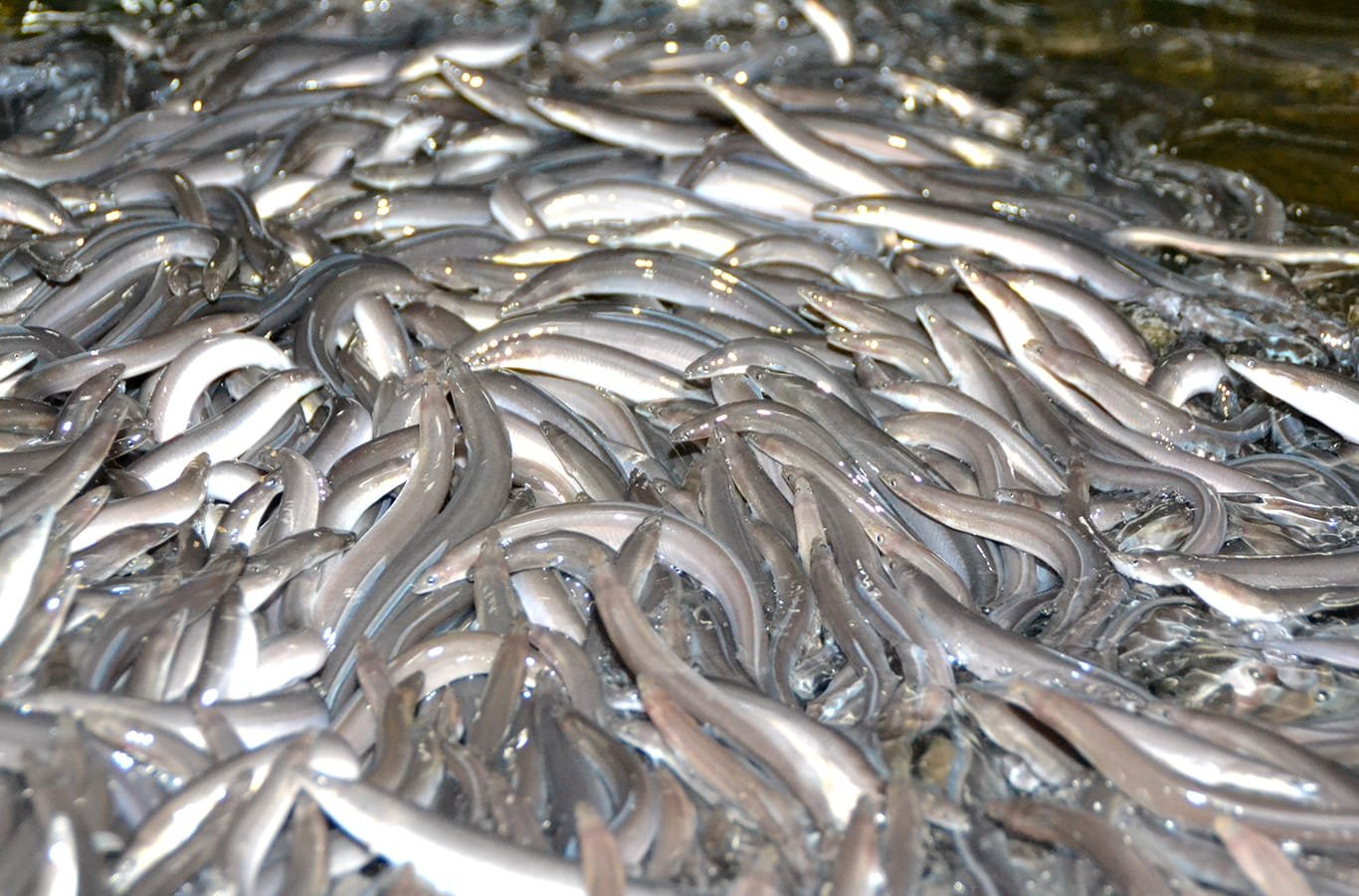Envirenement
In our aquaculture process we do not use chemicals, whether for cleaning, the feeding of eels or the removal of waste water, which means that throughout the aquaculture chain only natural products are used to preserve our environment.
Reproduction
Reproduction is a great mystery, we, fishing professionals, have understood that each river has a defined stock of adult eels, that the spawners give annually a quantity of fry that goes up the rivers near their place of reproduction, driven by sea winds or attracted by fresh water. In a more polluted river, fewer adult eels end up with fewer elvers. For this our analysis is justifiable and controllable by the authorities.
One of the big problems we’ve seen in aquaculture is that elvers have very poor growth in brackish water, so it’s imperative that we start growing in fresh water with zero conductivity. So, blocked by impassable dams, many fry end up in saltwater, where bad growth, are destined to die or be eaten by predators.
Our main observation is that in rivers where adult eel fishing is no longer practised, the number of fresh eel runs increases annually and this gives concrete expression to our analyses and the claims of scientists, who to date have fewer observations than we, professionals.
Environmental Footprint
Fish Pass
Along Oued Sebou and 60 km from the town of Kenitra, is the Mograne dam, where we noticed a huge eel fishery on the way back to the dam, the eels do not survive the strong current, for this, Nounemaroc decide to install a fish pass that serves as a lift to protect this endangered species.
Dams
The dams were built to develop large reservoirs of water that could favour agriculture, initially artisanal, which quickly became industrial by the abundance of water. This has fostered pollution due to industrial agriculture upstream of the dams and poor water quality downstream of the dam, no longer being able to grow at sea this pollution, often called muddy cork, which rises and falls with the tides in our wadis.
These impoundments have a harmful effect that nobody suspects, the migratory fish (aloe, salmon, lamprey, sea trout….) of our wadis have disappeared without possibility of reaching the zones of spawning ground blocked at the feet of obstacles, only the eel has been able to adapt downstream of the wadis because its place of reproduction is in the estuaries like the sea fish.
Environmental Footprint
Eel Marking
Marking eels with grapes before releasing them in dams and mountain rivers allows us to re-energize and follow the evolution and the path of each eel.
We started this process two years ago.




